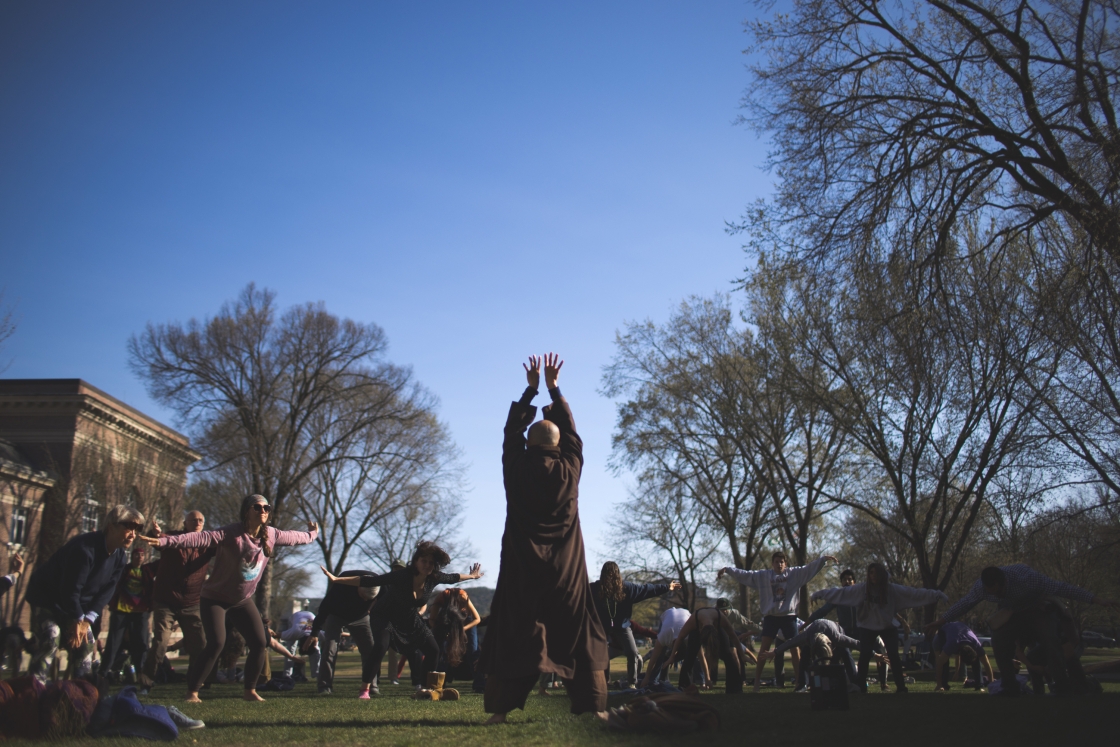Read the full story, published by the Geisel School of Medicine.
In many ways, Amanda Shadowens is a typical teenager: hanging out with friends, attending school dances, playing her trumpet. But Amanda also suffers from chondrodysplasia punctata: a rare form of dwarfism that impacts the curvature of Amanda’s spine and can cause a dangerous compression of her spinal cord. Amanda was forced to wear a collar to keep her neck straight, to prevent that compression. But a revolutionary surgery at Dartmouth-Hitchcock promises to change Amanda’s life, allowing her to be an even more normal teenager.
The Center for Surgical Innovation is a unique facility for both patient care and translational research. (Photo by Mark Washburn)
On Aug. 7, Amanda underwent a complex fusion of the upper cervical spine through the mid-thoracic spine. The surgery took place in the Center for Surgical Innovation (CSI) at Dartmouth-Hitchcock, a new, state-of-the-art facility at the intersection of science, health care, and technology that was created in partnership with Dartmouth’s Geisel School of Medicine and Thayer School of Engineering.
Pediatric Neurosurgeon David F. Bauer of the Children’s Hospital at Dartmouth-Hitchcock performed Amanda’s 20-hour surgery, assisted by a team of more than a dozen doctors, nurses, aides, and engineers in a procedure involving a variety of fixation devices, screws, and rods to hold Amanda’s spine together in the most-secure, safest manner. As Amanda recovers, four months after the surgery, the results are promising.
“Our goal is for Amanda to have full activity, without any restrictions, and do the things we want children to do,” says Sohail K. Mirza, medical director of CSI and Chair of Orthopaedics at Dartmouth-Hitchcock, and who assisted on Amanda’s surgery, “which is to run around and play without worrying about damaging her neck or spinal cord.”
CSI combines, in one facility, inter-operative imaging capabilities that give surgeons unprecedented ability to see, in real time, the tissue and organs involved in procedures. Designed and built by the Minnesota-based technology firm IMRIS, the CSI configuration combines computed-tomography (CT), magnetic resonance imaging (MRI), and traditional fluoroscopy (X-ray) technology, and is the only hybrid operating suite in the world where both CT and MRI can scan a patient on the OR table with either or both modalities – without moving the patient. The advantages in operating efficiency and patient safety are immense, says Mirza.
“CSI began as an idea—a dream, really—about a facility that could dramatically accelerate and improve surgery. CSI allows us to perform procedures in ways that are significantly better than conventional surgery. We’re looking very carefully at how the technology we use and the procedures we develop will improve the lives of patients.”
